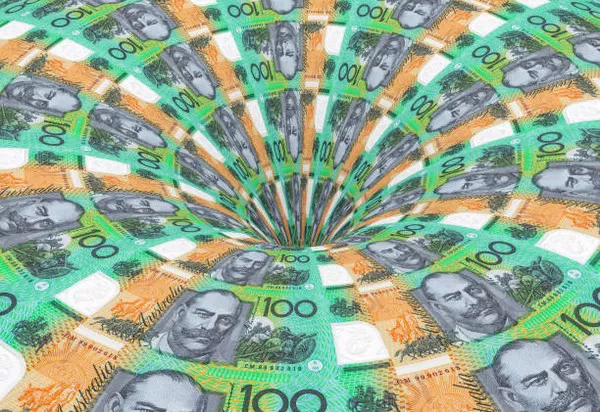The Australian dollar (AUD) experienced significant fluctuations on June 12, 2025, as investors reacted to a combination of domestic policy shifts and broader global economic trends. The currency opened at 0.6820 against the US dollar (USD) before dipping to a low of 0.6785 in early trading, only to recover slightly to 0.6805 by midday. Analysts attribute this volatility to conflicting signals from the Reserve Bank of Australia (RBA), mixed economic data, and shifting investor sentiment toward risk assets.
One of the primary drivers of the AUD’s movement was the RBA’s latest monetary policy statement, released earlier in the day. While the central bank kept the cash rate unchanged at 3.85%, its accompanying commentary struck a cautious tone, emphasizing persistent inflationary pressures despite recent signs of cooling. Governor Michele Bullock acknowledged that while headline inflation had moderated to 3.2% year-on-year, core inflation remained stubbornly high at 3.8%, well above the RBA’s target band of 2-3%. This has led markets to reassess the likelihood of rate cuts in the near term, with futures pricing now indicating only a 30% chance of a reduction by September, down from 50% a week ago.
Compounding the uncertainty was weaker-than-expected employment data. Australia’s unemployment rate edged up to 4.1% in May, marking the third consecutive monthly increase and suggesting that the labor market may finally be softening after years of tight conditions. Full-time employment fell by 15,200 positions, while part-time roles increased by 22,400, pointing to a potential shift in job quality. Economists warn that if this trend continues, household spending—a key pillar of Australia’s economy—could weaken further, putting additional pressure on the AUD.
Internationally, the AUD was caught in the crosscurrents of broader market movements. The US dollar index (DXY) strengthened following the Federal Reserve’s hawkish pause on June 11, where Chair Jerome Powell signaled that rate cuts might not materialize until at least December due to persistent US inflation. This divergence in monetary policy outlooks between the RBA and the Fed has weighed on the AUD/USD pair, with analysts at Westpac noting that the currency could test support levels near 0.6750 if risk sentiment deteriorates further.
Meanwhile, commodity prices—traditionally a key support for the AUD—provided little relief. Iron ore, Australia’s largest export, slipped 1.8% to $102 per tonne amid concerns over slowing Chinese demand. Reports of further turmoil in China’s property sector, including another major developer defaulting on bond payments, raised fears of weaker construction activity and, by extension, reduced demand for Australian raw materials. Copper and lithium prices also softened, reflecting broader concerns about global industrial demand.
In currency markets, the AUD underperformed against most major peers, losing ground to the euro (EUR) and Japanese yen (JPY) as traders sought safer havens. The AUD/JPY cross fell 0.6% to 105.20, while the AUD/EUR dropped 0.4% to 0.6150. Some analysts suggest that the AUD’s weakness could persist in the near term, particularly if global risk appetite continues to wane.
Looking ahead, traders will closely monitor upcoming economic releases, including China’s industrial production figures and US retail sales data, both of which could influence the AUD’s trajectory. Domestically, next week’s RBA meeting minutes will be scrutinized for further clues on the central bank’s policy direction. For now, the Australian dollar remains in a precarious position, caught between domestic economic uncertainties and a challenging global backdrop.
You Might Be Interested In:


